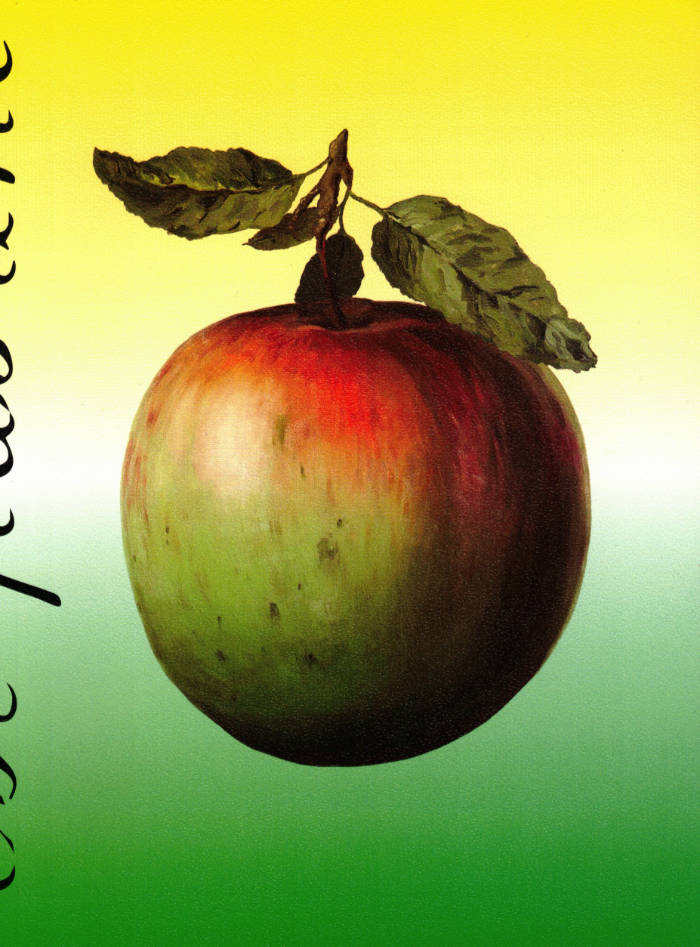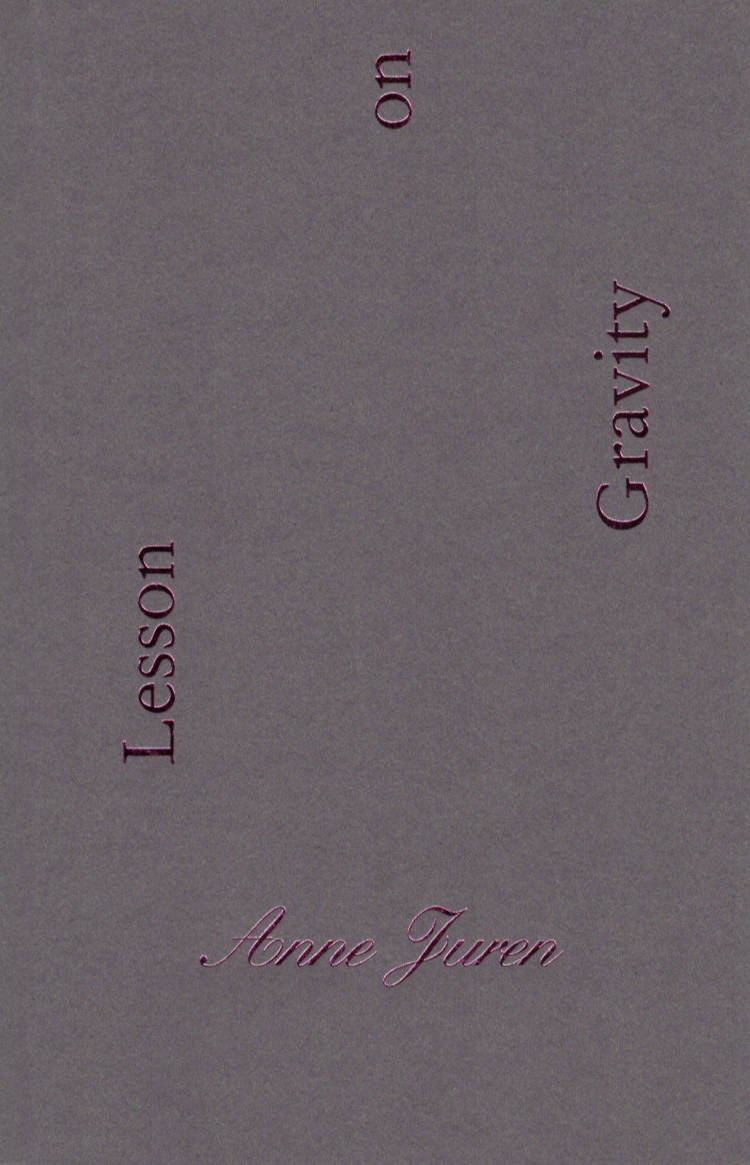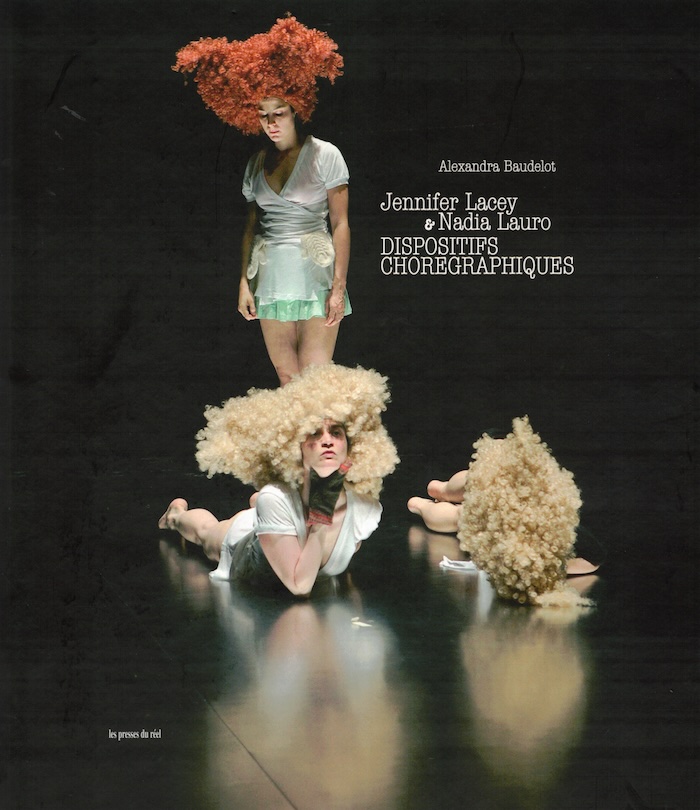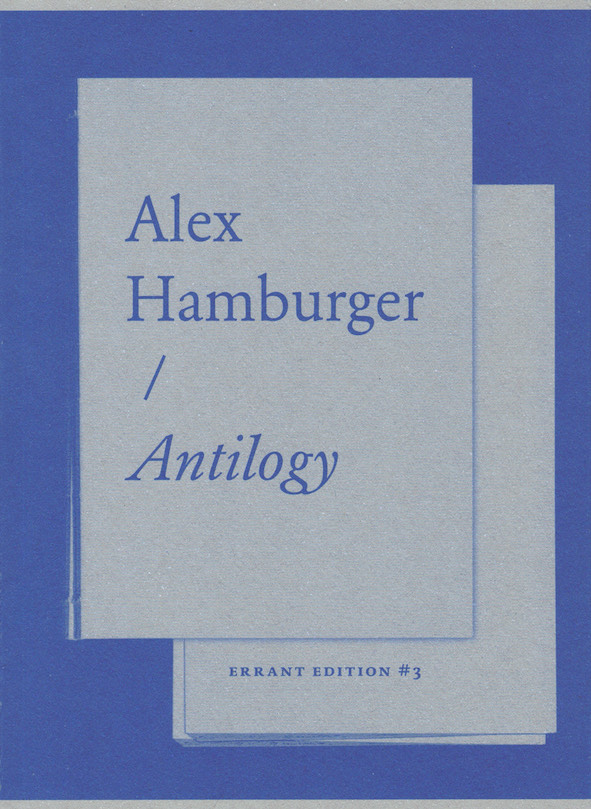
Another Version: Thinking through Performing
ANOTHER VERSION: Thinking Through Performing approaches performance as a method of producing different versions of the self, referred to as ‘versioning’. It explores technologies and processes that produce such versions, and asks the question of how to understand the self within this multiplicity. ANOTHER VERSION: Thinking Through Performing proposes strategies of versioning as a means of attaching gesture, speech or lived experience to research questions or problems.
It is comprised of 7 cahiers containing games, scores, short stories, images, quotes and reflections that are often products of collaborative practices. Each cahier opens up a particular territory or lens, indicated through its title: CAHIER I Multiplicators, CAHIER II Pandiculators, CAHIER III Arena, CAHIER IV Objectaffilia, CAHIER V Animalities and CAHIER VI Ledger.
The content of each cahier is structured into eight categories: conversation, image as score, notes, quote, reference text, report, score and short story. These can be used as the reader/user sees fit, a story, an image or a quote can be used as a score, a score can be reversed or a reflection can be cut up and transformed into a new text.
Cahier 0 reflects and expands on the content of the publication and the research from which it springs. It contains a conversation Multiplicity, Multiplicators and the Supermarket Scorebetween Philippine Hoegen and Sebastian Olma, and an essay Ecstatic Methods — Seven Vectors Addressed to Philippine Hoegen by Kristien Van den Brande.
Language: English






